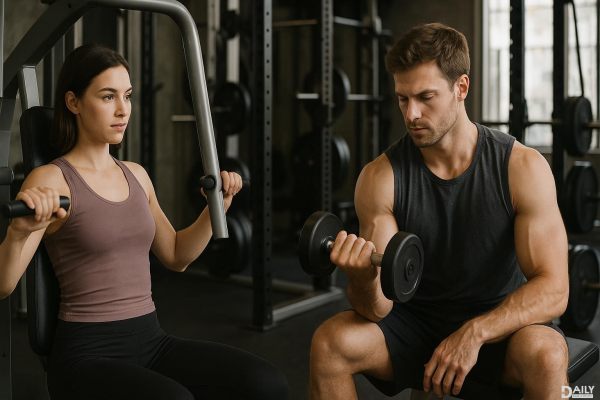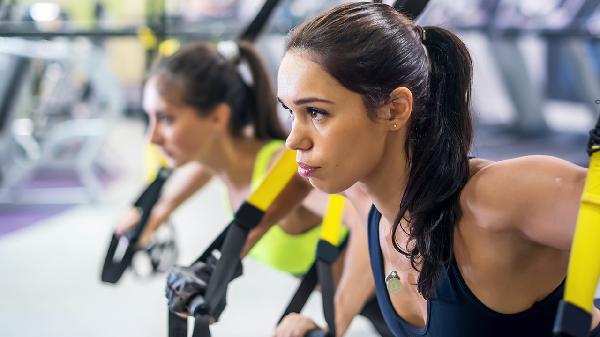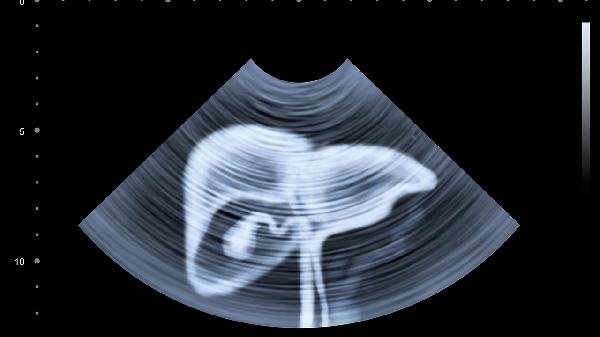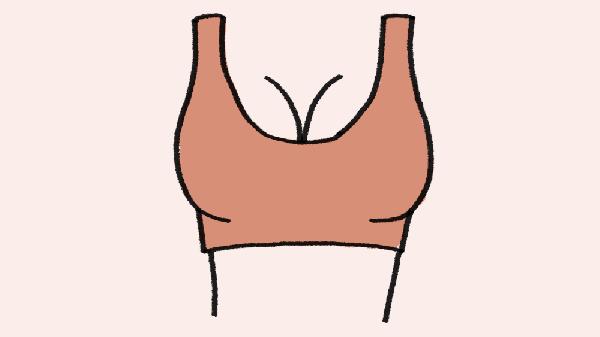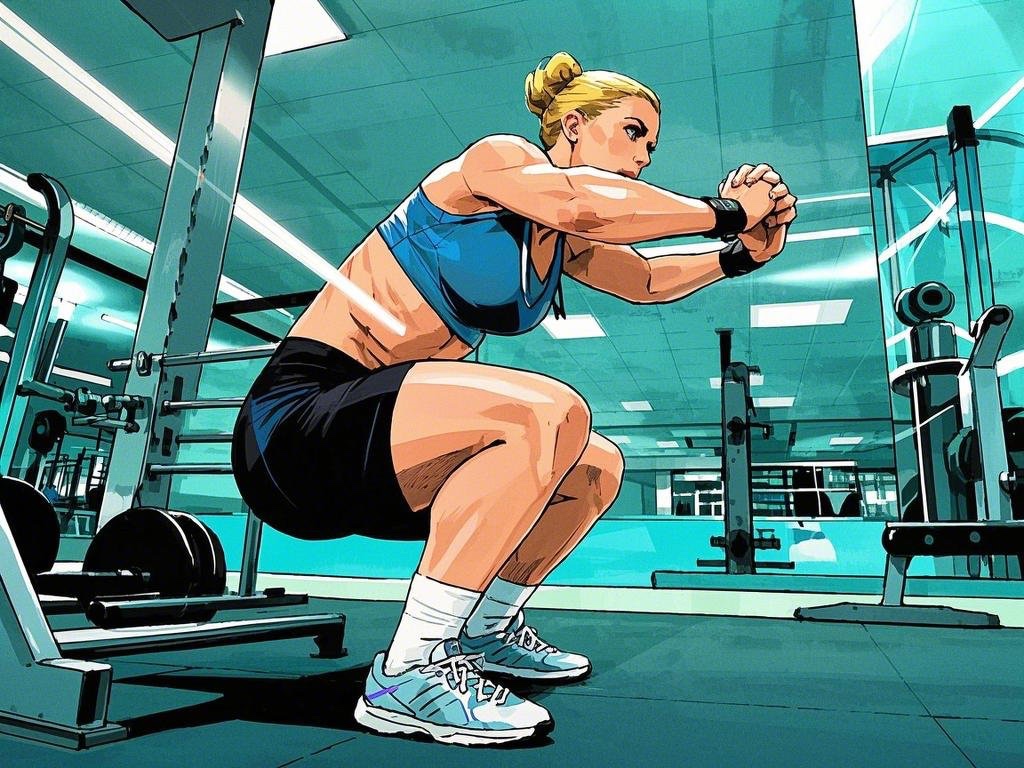Russian twists are one of those exercises that look deceptively simple but pack a serious punch when it comes to core engagement. Whether you're a fitness newbie or a seasoned gym-goer, mastering this move can take your ab game to the next level. The key? It's all about control, not speed—something many people overlook when they're powering through their workout. Let's break down why this exercise deserves a spot in your routine and how to do it right.
Why Russian Twists Are a Core Game-Changer
If you've ever wondered why Russian twists feel like they're lighting your obliques on fire, it's because they target muscles that most traditional ab exercises miss. Unlike crunches, which primarily work the rectus abdominis (the "six-pack" muscles), Russian twists zero in on the obliques—the muscles responsible for rotation and lateral movement. But that's not all. This exercise also fires up your deep core stabilizers, including the transversus abdominis, which acts like a natural weight belt to support your spine. The rotational aspect improves functional strength, making everyday movements—like reaching for something in the backseat of your car—easier and safer.
Common Mistakes That Sabotage Your Form
Even if you've been doing Russian twists for a while, there's a good chance you're making at least one of these form flubs. The biggest offender? Using momentum instead of muscle. If your arms are swinging wildly from side to side, you're cheating your core out of the work. Another common mistake is rounding the back, which puts unnecessary strain on the spine. Instead, keep your chest lifted and shoulders back as if you're sitting up tall in a chair. And don't forget about foot placement—keeping your feet planted on the ground might feel more stable, but lifting them slightly increases the intensity and forces your core to work harder.
How to Do Russian Twists Like a Pro
Ready to nail this move? Start seated on the floor with your knees bent and feet flat (or lifted for an extra challenge). Lean back slightly, keeping your spine straight—no slouching! Clasp your hands together or hold a dumbbell or medicine ball if you want to level up. Engage your core and twist to one side, tapping the weight (or your hands) to the floor beside your hip. Control the movement as you rotate to the other side. The slower you go, the more your muscles have to work. Aim for 10-12 reps per side, and don't be surprised if you feel the burn by rep five.
Weighted vs. Bodyweight: Which Is Better?
Adding weight to Russian twists isn't just about making the exercise harder—it's about increasing time under tension, which leads to greater muscle activation. But that doesn't mean bodyweight twists are ineffective. If you're new to the move, mastering the form without weight should be your priority. Once you can perform 15-20 controlled reps without losing form, grab a dumbbell (start light—5 to 10 pounds) and focus on maintaining the same slow, deliberate movement. The added resistance forces your obliques to work even harder, leading to better strength gains over time.
Variations to Keep Your Core Guessing
Once standard Russian twists start feeling too easy, mix things up with these variations. Try a Russian twist with a leg lift: Instead of keeping your feet planted, extend your legs straight out and lift them a few inches off the ground while twisting. This amps up the core engagement big time. Another killer variation is the standing Russian twist, which challenges your balance and coordination while still targeting the obliques. Hold a weight at chest height and rotate side to side, keeping your hips stable. Your abs will thank you—later, when they stop screaming.
Russian twists might not be the most glamorous ab exercise, but they're one of the most effective for building a strong, functional core. Whether you stick with the classic version or experiment with weighted twists and variations, consistency is key. Pair them with other core exercises like planks and dead bugs for a well-rounded routine, and you'll be well on your way to a stronger, more stable midsection—no six-pack promises, just real results.
